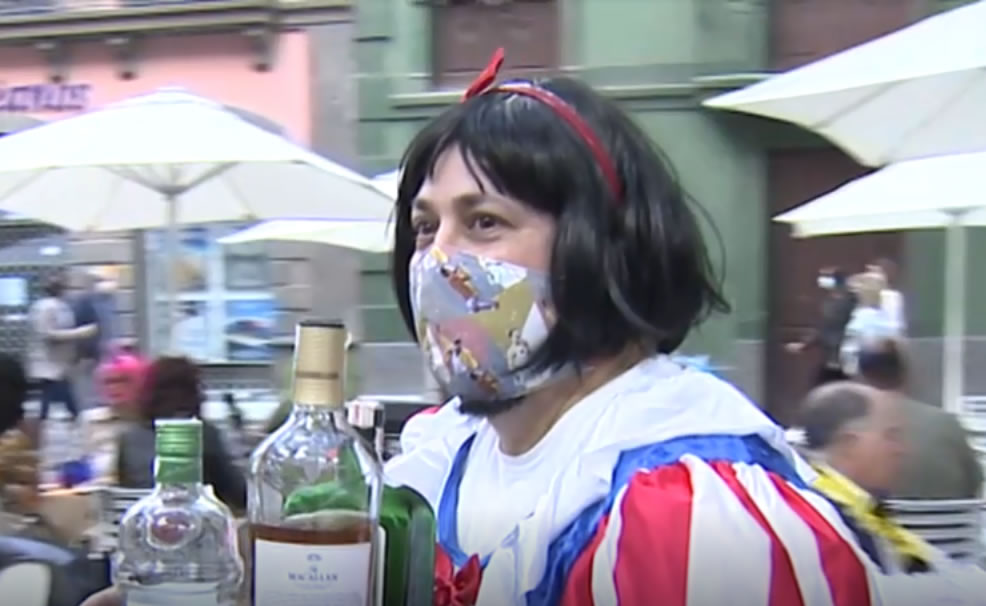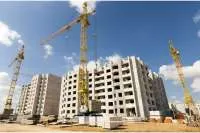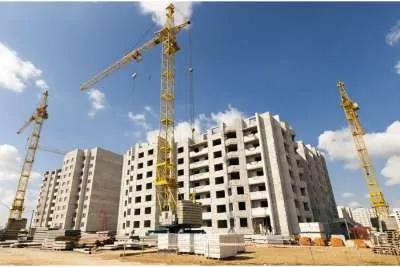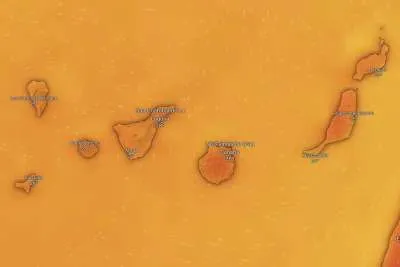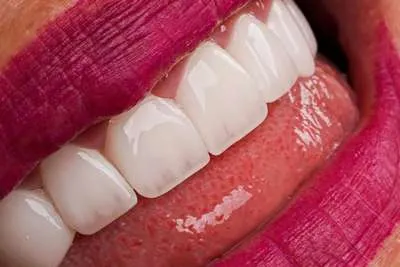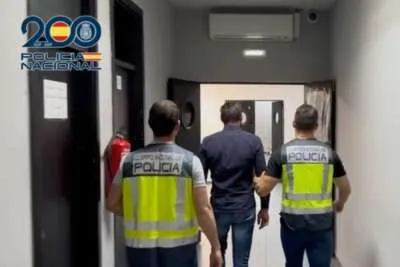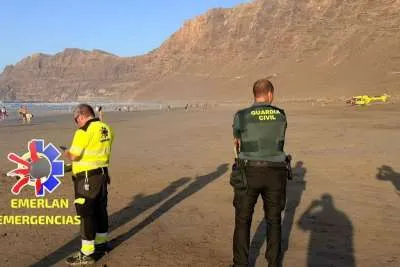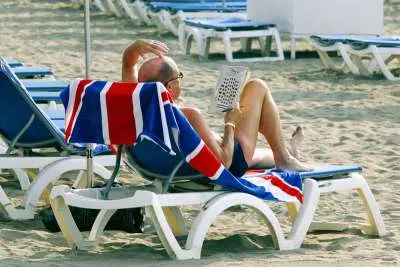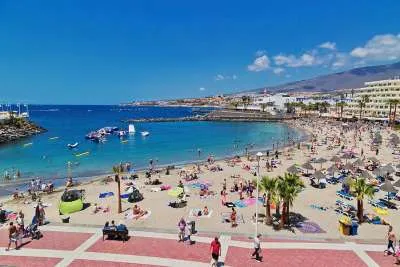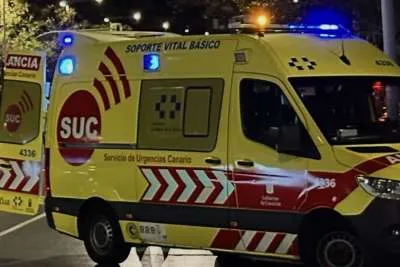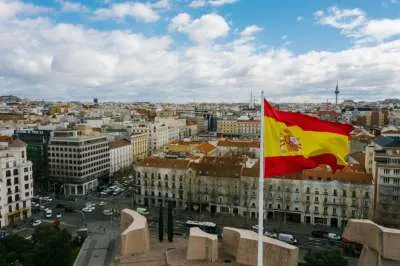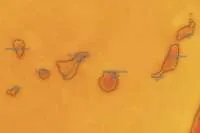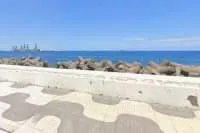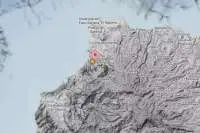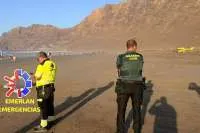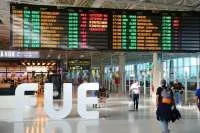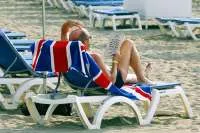Is Tenerife unfairly in Level 2 because of ‘worrying’ data over Carnival period?
- 22-02-2021
- Tenerife
- Canarian Weekly
The Ministry of Health of the Canary Islands, yesterday agreed to raise the alert level for coronavirus in Tenerife to level 2, and at the same time move Gran Canaria down to the same level, after analyzing the evolution of the epidemiological indicators, while Fuerteventura fell to level 1, as did El Hierro, keeping the rest unchanged: Lanzarote and La Graciosa at level 4, and La Palma and La Gomera at 1.
These measures came into force at midnight last night and will be in force until midnight next Sunday, February 28th. This was announced by the Minister of Health, Blas Trujillo, who justified this decision after “analyzing” the data from the situation report issued by the General Directorate of Public Health.
But, has Tenerife been placed in to level 2 unfairly as there is no "alarming" rise in the parameters, and has the Ministry of Health 'penalized' the Island by applying the criterion of "anticipation?"
Trujillo pointed out that the general downward trend of infections in the Canary Islands "is positive", but "we should not relax until we have a significant volume of vaccinations”, especially due to the "advance of more contagious strains", such as the British one.
The Minister stated that in Tenerife there has been a “persistent” increase “which is far from alarming”, but “discreet and continuous” in some parameters, especially of the accumulated incidence over 7 days, which has always been on the border of level 1 and 2. For this reason, they proposed that the alert level on the island should rise to level 2, “clearly framed in the strategy that we have been developing in advance and proportionality,” i.e. trying to prevent a significant increase before it happens.
Tenerife has lasted seven days at level 1, thanks to the improvement of its indicators, but its population has not been able to enjoy it, due to the increase in restrictions due to the Carnival period.
Regarding the situation in Gran Canaria, Trujillo indicated that the indicators "have been evolving positively" and the cumulative incidence at 7 days, both in those over 65 years of age and in the general population, leads the island to decrease to level 2. He specified that the two islands have "a situation of convergence in terms of the different indicators", except in the occupation of ICUs, "which is higher in Gran Canaria".
The pandemic is in decline in recent days in the United States and Europe, as the trend to add fewer infections and deaths has consolidated. Thanks to the harsh restrictions applied, and the effect of winter weather, the virus enters a new phase, which if vaccination is effective and massive, could end up breaking. In this scenario, the Canary Islands, an example community at the State level in the fight against Covid, is trying to improve its epidemiological records to the maximum.
Ironically these new levels of restriction were determined hours before the Ministry of Health notified that Gran Canaria added 90 new cases in the last 24 hours, compared to 56 in Tenerife. So looking at all the indicators, has this latest decision been ‘soft’ on Gran Canaria and ‘harsh’ on Tenerife?
Other articles that may interest you...
Trending
Most Read Articles
Featured Videos
A Vision of Elvis Tenerife Promo
- 10-05-2025
Tenerife Travel Guide
- 13-12-2024
Live webcam from Lanzarote airport
- 13-12-2024


